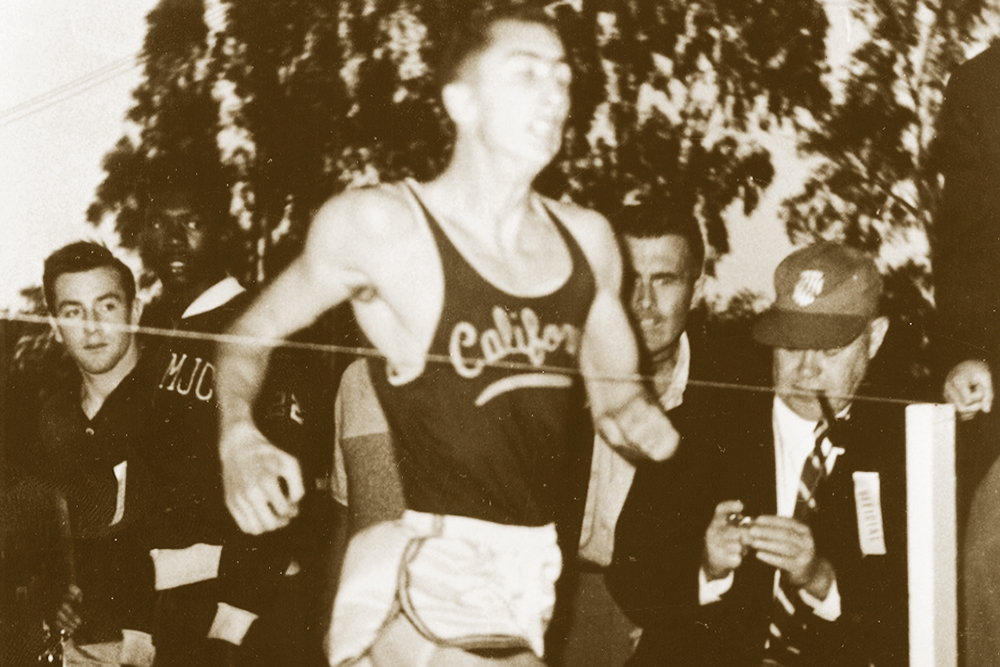One of the factors that has been put forward to explain the dramatic increase in sub-4 milers in the NCAA (and faster NCAA times in general) is older collegiate runners taking advantage of their extra eligibility. I decided to take a couple of hours to put this theory to the test.
To find their current year in college, I looked at both their school athletics website profile and Milesplit for each runner (to ensure data accuracy). Here's what I found, in order based on current year in college (CYIC):
Name
School
CYIC
James Donahue
Virginia
1
Isaiah Givens
Colorado
1
Marco Langon
Unattached
(Villanova)
1
Camden
Marshall
Indiana
2
Nathan Green
Washington
2
John Lester
Stanford
2
Ethan Strand
North Carolina
2
Baidy Ba
Kent State
2
Parker Wolfe
North Carolina
2
Nathan
Mountain
Virginia
2
Nicholas
Bendtsen
Princeton
2
Ben Godish
Northeastern
2
Cole Sprout
Stanford
3
Thomas Boyden
Stanford
3
Steven Jackson
Boston College
3
Carson
Williams
Furman
3
Ronan
McMahon-Staggs
UCLA
3
Rhys Hammond
Cornell
3
Graham Blanks
Harvard
3
Carter Solomon
Notre Dame
3
Wil Smith
Gonzaga
3
Conor Murphy
Virginia
3
Brett Gardner
NC State
3
Garrett
MacQuiddy
Cal
3
Adian
McCarthy
Cal Poly SLO
3
Jack Eliason
Virginia
3
Lex Hilton
Arkansas
4
Joe dosReis
Davidson
4
Acer Iverson
Harvard
4
Tyler
Wirth
Cincinnati
4
Christian
Baker
Tulsa
4
Alexander
Rizzo
Navy
4
Sean Maison
Air Force
4
Jesse Hamlin
Butler
4
Michael Keehan
Penn
4
Arjun Jha
Michigan
5
Jake Gebhardt
Indiana
5
Anthony
Camerieri
Mississippi
5
James Lee
Duke
5
Chad Johnson
Iowa State
5
Kenneth Rooks
BYU
5
Karl Winter
Syracuse
5
Ryan Wilson
MIT
5
Ryan Riddle
Missouri Southern
5
Xian Shively
Cal Poly SLO
5
Ben Nagel
Virgina Tech
5
Jack Aho
North Carolina
6
Mac Franks
North Florida
6
Luke
Julian
CO School of Mines
6
Brandon Hontz
Penn State
6
DJ Principe
Providence
6
Matthew
Wilkinson
Unattached
(Minnesota)
6
Gavin Gaynor
Unattached (NC State)
7
Here is the distribution by current year in college:
First year (high school class of 2022): 3
Second year (high school class of 2021): 9
Third year (high school class of 2020): 14
Fourth year (high school class of 2019): 9
Fifth year (high school class of 2018): 11
Sixth year (high school class of 2017): 6
Seventh year (high school class of 2016): 1
Of the 53 runners on this list, 35 (66 percent) are within their first four years of college, and 46 (87%) are within the normal first five years. Only 7 runners (13 percent) are in their sixth year or higher. Also interesting: more runners broke 4 for the first time in their very first year in college than did runners in their seventh year.
Conclusion: For this year, I conclude that age is NOT a significant factor for explaining the increase in sub-4 milers in the NCAA.
Limitation: The limitation of this study is that it's only one year, as that's all I have time/willingness to investigate. I invite others to examine previous years and share your findings here.

